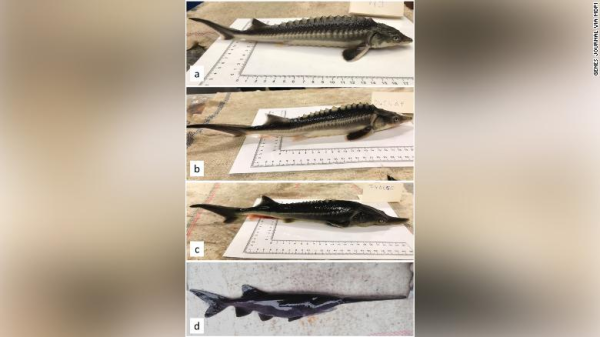Aquatic Scientists Create Frankenfish
 |
A group of Hungarian aquatic scientists was looking for ways to save the fish responsible for some of the world’s finest caviar from extinction.
Instead, they made a Frankenfish.
But their accidental hybrid, a fish that’s part American paddlefish and part Russian sturgeon, could benefit fish farming and the industry’s carbon footprint. And on their own, the fish are a marvel of biology.
Though they haven’t been formally named yet, fellow fishery researchers have given them the moniker “sturddlefish.”
The “sturddlefish” study appeared this month in the scientific journal Genes.
How it happened
The initial goal of the study was to encourage the critically endangered sturgeon to reproduce asexually. That isn’t quite how it went.
The Russian sturgeon, instead, hybridized with the American paddlefish, the first time the two have ever hybridized successfully in captivity. The paddlefish was originally meant to provide sperm — not its DNA — to help the sturgeon reproduce on its own.
The sturgeon isn’t so genetically different from paddlefish — they belong to the same group, Acipenseriformes. According to the US Fish and Wildlife Service, sturgeon and paddlefish both provide tasty caviar.


 Advertising
Advertising